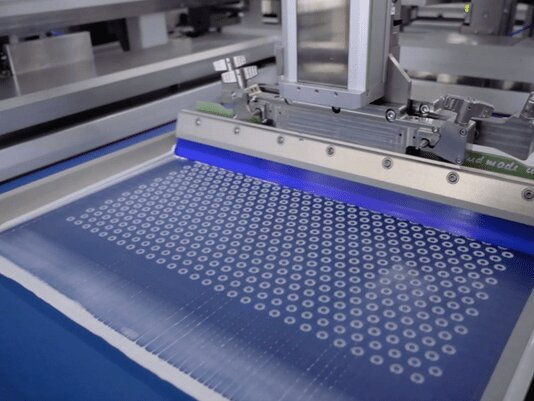SPID®-Technology: A Pioneer in Pharma Manufacturing
- Frances Hoggard
- Jan 31, 2022
- 3 min read
Updated: Sep 20, 2022
Never before has the pharmaceutical industry faced such a transformative manufacturing technology.

3D Printing Technologies
All 3D printing technologies share the same fundamental feature of additive manufacturing – the layering of material layer by layer to achieve the desired product. However, other fundamental aspects of the technology, such as the physical mechanisms used to deposit materials and to cure them, differ considerably depending on the technological approach and the subsequent items being 3D printed.
Traditional compression fabricated devices such as tablets are made from a homogenous mixture of support material and the drug substance. They are generally restrained to a continuous and singular drug release profile.
For printed dosage forms, multiple types of scenarios exist and include, on the simplest level, accurately deposited doses of drug substances. Furthermore, devices can be made in a number of complex geometries, with multiple drugs loaded throughout the device, in a continuous or non-continuous manner, surrounded by barrier layers. These features will control the release of one or multiple drug substances.
SPID®-Technology
SPID®-Technology (Screen Printing Innovative Drug Delivery Technology) is a patented 3D printing technology that has the ability to manufacture and optimize complex drug delivery systems (DDS). Through its additive manufacturing, SPID®-Technology can control the geometry, size, content, and release characteristics of the active pharmaceutical ingredient (API) in the design of the DDS.
This process also creates the opportunity to control and feature multiple API within a single DDS. This means that medications that were once time-specific with multiple doses (2-3 pills a day) could be condensed into one pill taken once a day. Additionally, this screen printing manufacturing process can generate desired DDS characteristics both in small batches and on the industry’s manufacturing standard.
SPID®-Technology has been patent-protected since 2014. Since then, SPID®-Technology has been supported by more than 120 patents/patent applications and more than 3,000 patent claims.
SPID®-Technology Printing Cycle

The process itself consists of a series of distinct operations:
1. Preparation of the printing paste
2. Development of the printing screens
3. Application of the printing paste onto the printing screen, which is then drawn over the screen by the flooding squeegee, followed by the printing squeegee which presses the paste through the mashes of the screen onto the printing plate
4. Screen is lifted up, and the platform moves from the printing area to the drying station (e.g., drying by convection; UV light)
5. Layer is being dried
6. Platform returns to printing station, automated height adjustment of the platform
7. Application of the next layer, followed by another round of drying
3D Printing and the Future of Pharmaceutical Manufacturing
Scientific journal Drug Discovery Today, which reports the rapid scientific developments in drug discovery, writes that the pharmaceutical industry has "never before faced such a transformative manufacturing technology” as 3D printing pharmaceutical technologies.
Beyond its ability to optimize and transform DDS design and batch size, SPID®-Technology also unlocks the potential for personalized medicine. Through its digitization of pharmaceutical manufacturing, SPID®-Technology challenges traditional drug development processes and unlocks the potential for a pharmaceutical landscape that was once impossible.

Laxxon Medical is dedicated to engineering patented 3D pharmaceutical solutions which optimize products and benefit patients. Our goal is to establish SPID®-Technology as a manufacturing process that has the individual and the pharmaceutical partner in mind.

